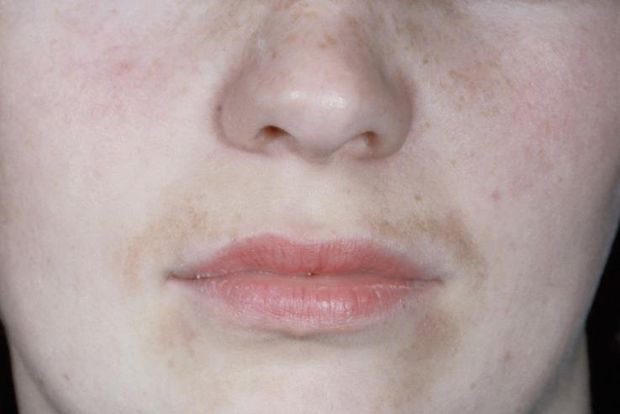16 weeks and 6 days pregnant

Your baby often brings his hands to his face and sometimes sucks his thumb at this stage; however, the sucking action is not well co-ordinated and the thumb is likely to enter the mouth more by luck than design. The arms are now in proportion with the rest of the body.
Your baby is practising his breathing movements, which are vital to develop his chest muscles and enable his lungs to grow.
While he’s in the uterus, your baby is practising his breathing movements and this also aids his lung development. When he breathes in, the diaphragm moves downwards and the chest wall moves inwards.
Each “breath” the baby takes lasts less than a second. Breathing might only happen occasionally at this stage and when it does it can be either regular or irregular.
Your baby might also open his jaw and swallow at the same time as making a breathing movement.
A single breathing movement with a large movement of the diaphragm may resemble a sigh.
For the chest wall movements to be effective, there must be adequate amniotic fluid. This is especially true for the critical time of lung development, from 16 to 26 weeks.
By the 24th week of pregnancy, your baby will spend approximately three hours in a 24-hour period practising breathing movements, and around eight hours in a 24-hour period in the last eight weeks of pregnancy.
While most unborn twins grow at much the same pace, from now on some don’t.
Your babies are almost certainly developing all the right organs at the right time, even when there’s a size discrepancy. If, however, a scan detects a growth difference between your twins, you’ll have additional scans to monitor growth. Lesser degrees aren’t usually a problem. Doctors aren’t usually concerned unless there’s a growth difference of more than 15 per cent.
Why am I beginning to get brown patches on my face?
As many as 70 per cent of pregnant women find the colour of their skin changes. You may notice brown patches appearing on your forehead, cheeks, and neck, known as chloasma or the “mask of pregnancy”. Darker-skinned women may develop lighter-coloured patches.
Chloasma is caused by an increase in the production of melanin, the pigment that gives the skin and hair its natural colour. It will gradually fade after the birth. To minimize the patches, stay out of the sun as much as possible, use a high-factor sunscreen, and wear a hat outdoors. Try covering larger patches with a tinted moisturizer or foundation and use a concealer on smaller patches.

When a pregnant woman smokes, it reduces the number of times her baby practises breathing movements.
In aBritish Medical Journalresearch study, the proportion of time that the baby practised breathing movements was found to fall within five minutes of the mother beginning to smoke her cigarette.
Be the first to support
Be the first to share
Comment (0)
Related Blogs & Vlogs
No related events found.
Loading more...